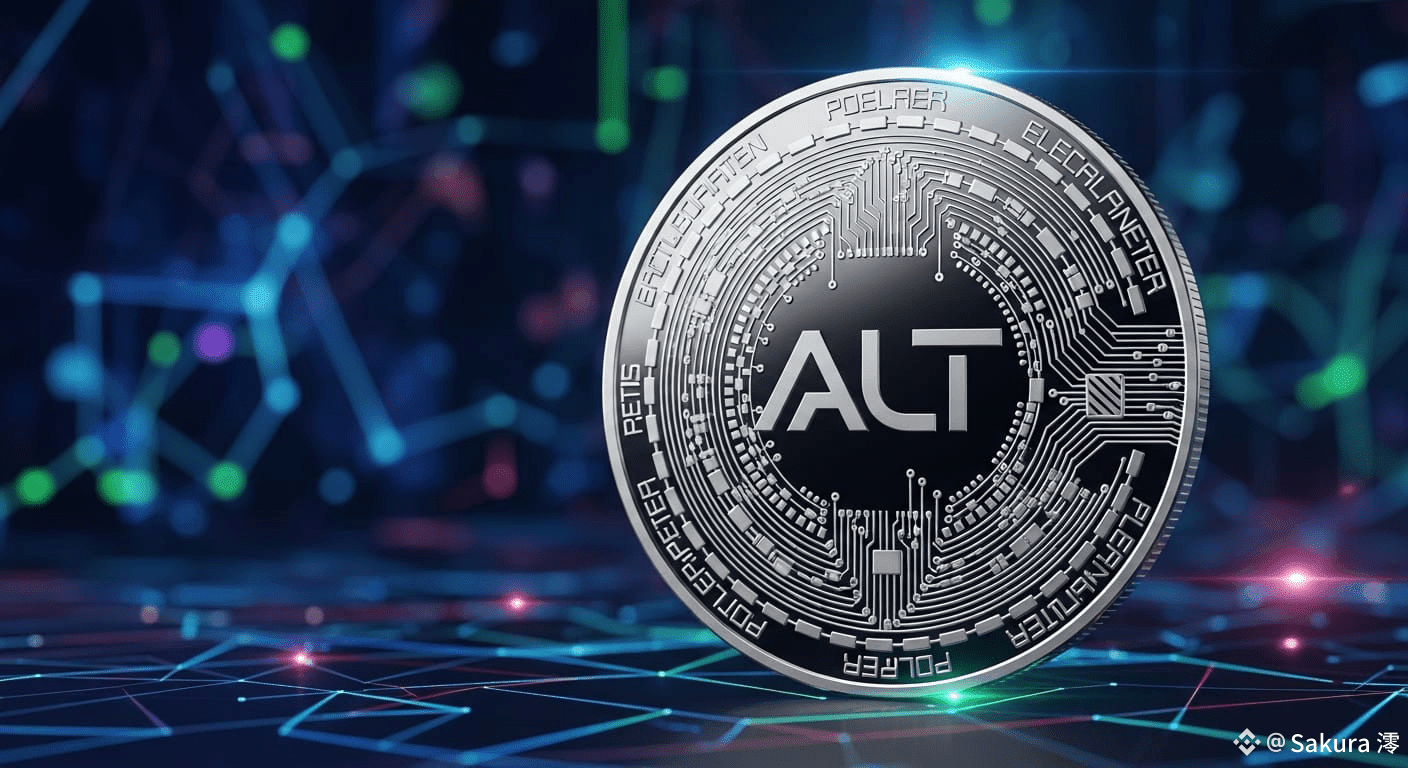The blockchain industry is evolving at lightning speed, and one of the most remarkable transformations underway is the shift from monolithic to modular blockchains. In this new paradigm, scalability and customization have become the defining features of next-gen Web3 infrastructure. Standing tall in this revolution is AltLayer (ALT) — a protocol that’s reshaping how rollups are built, deployed, and scaled across multiple ecosystems.
Unlike traditional blockchains, which combine every process — from execution to consensus and data storage — into a single layer, AltLayer breaks this down into separate components. This separation gives networks the freedom to optimize performance, reduce congestion, and achieve higher transaction throughput. In essence, AltLayer provides the flexibility of modular design without compromising on security or decentralization.
At the heart of #AltLayer ’s innovation lies its concept of “Rollups-as-a-Service” (RaaS). Think of it as a launchpad that lets any project — big or small — create its own scalable rollup chain in minutes. Developers no longer need to handle complex node setups or cryptographic configurations. Instead, they can simply deploy, connect, and scale using AltLayer’s easy-to-use platform. Whether you’re running a DeFi protocol, building a Web3 game, or launching an NFT marketplace, AltLayer acts as your all-in-one rollup solution.
What makes this even more exciting for Binance users and traders is that the ALT token, available on Binance, powers the entire ecosystem. The token serves multiple purposes:
It allows holders to stake and secure the network while earning rewards.
It enables governance participation, giving the community a voice in ecosystem upgrades and decisions.
It’s also used to pay service fees when launching or maintaining rollups on AltLayer’s infrastructure.
This multi-utility structure adds real economic value to ALT beyond speculation — making it a token tied directly to the growth of a cutting-edge blockchain service layer.
AltLayer’s design also emphasizes interoperability — a critical factor for Web3’s future. Rollups created through its RaaS framework can seamlessly interact with multiple networks like Ethereum, Polygon, Arbitrum, and other EVM-compatible chains. This ensures developers and users get the benefits of cross-chain liquidity, speed, and scalability — all in one unified environment.
Another cornerstone of AltLayer’s ecosystem is its Restaked Rollups. These rollups enhance network security by tapping into restaked assets through protocols like EigenLayer. This means developers can launch rollups that not only inherit Ethereum’s security but also add another layer of protection from restaked validators — a significant step toward trustless decentralization.
For traders watching trends on Binance, AltLayer’s rise mirrors the early days of Layer-2 ecosystems like Optimism or Arbitrum. As modular scaling becomes a mainstream need, projects offering flexible rollup infrastructure are likely to see rising adoption — and with that, growing token utility. ALT is positioned right at the center of that movement, making it a project worth tracking for those focused on the long-term evolution of Web3.
Another reason AltLayer stands out is its speed and accessibility. Developers can deploy fully functional rollups in under ten minutes using its simple dashboard interface. This drastically reduces time-to-market for startups and enterprises looking to bring scalable blockchain solutions to life — a major leap from the traditional, weeks-long setup processes.
Looking toward the future, AltLayer aims to become the backbone of a multi-chain Web3 world, where each project can operate its own chain yet remain seamlessly connected to others. The team behind AltLayer continues to expand integrations, strengthen security frameworks, and enhance developer experience — all aimed at making modular rollups the standard architecture for the decentralized internet.
For Binance traders and investors, AltLayer (ALT) is more than just another listing. It represents a fundamental building block in blockchain scalability — an innovation designed to make decentralized applications faster, cheaper, and easier to deploy. With its forward-looking approach and strong ecosystem backing, ALT might well become one of the defining stories of the next Web3 cycle.
In simple words, AltLayer isn’t just a Layer-2 solution — it’s a gateway to modular blockchain evolution. It empowers developers, benefits users, and offers traders a glimpse into the next generation of blockchain infrastructure. As Web3 continues to expand, AltLayer’s rollups may form the invisible foundation that powers a faster, more connected, and infinitely scalable decentralized future.
One rollup at a time, AltLayer is quietly building the rails for the next phase of blockchain innovation — and Binance users are perfectly positioned to ride that wave.

